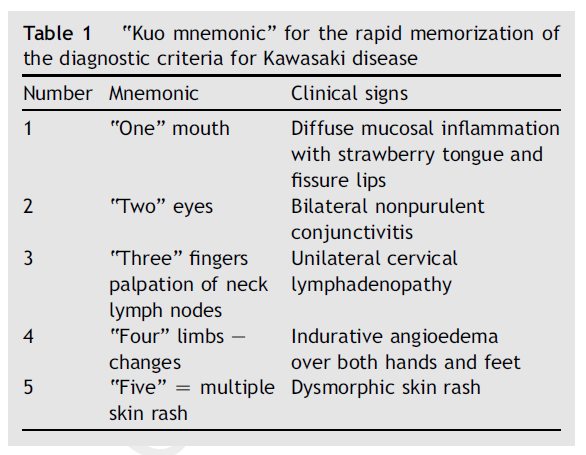A form of systemic vasculitis that affects mostly small and medium-sized vessels, Kawasaki
disease (KD) is most commonly found in children under the age of 5 years old. Though
its etiology is unknown, KD has been the most frequent acquired heart disease in developing
countries. Its incidence has increased over recent decades in many centuries,
including Japan, Korea, and China. The most severe complications of KD are coronary
artery lesions (CAL), including dilation, fistula, aneurysm, arterial remodeling, stenosis,
and occlusion. Aneurysm formation has been observed in 20e25% of KD patients that do
not receive intravenous immunoglobulin (IVIG) treatment, and in 3e5% that do receive it.
Coronary artery dilation has been found in about 30% of KD patients in the acute stage,
although mostly in the transient form. Diminishing the occurrence and regression of CAL is
a vital part of treating KD.
- Kawasaki disease, coronary artery lesion, prevent


References
- Ho-Chang Kuo; Preventing coronary artery lesions in Kawasaki disease. Biomedical Journal 2017, 40, 141-146, 10.1016/j.bj.2017.04.002.
